Disinheriting Spouses & Children
In California, it is possible to disinherit your spouse and/or children; however, this must be done through a properly drafted testamentary instrument, such as a will or trust. If you die "intestate" (without a valid will or trust), your spouse and children will inherit under California's intestate succession laws, which is a subject not covered in this blog.
The California Probate Code has "family protection" statutes protecting a spouse and children from unintentional omission from a decedent's will or trust. Therefore, if you intend not to provide for your spouse/children, you must fit within one of three categories, or the presumption against such omission will control:
A. OMITTED SPOUSE
(1) Your intent to fail to provide for your spouse must appear in your will/trust;
To ensure that your intention is for your spouse not to take under your testamentary documents, you should make a specific statement to that effect in your will/trust. A subsequent marriage after you have executed your will/trust does not fit within this category. It is imperative that if you marry subsequent to executing your estate plan, you execute a codicil to your will and/or an amendment to your trust setting forth your intention that your spouse does not take under these documents.
(2) You provide for your spouse by transferring assets to your spouse outside of your will/trust and your intention that such transfer be in lieu of taking under your will/trust is clear by sufficient evidence;
Examples of transfers outside of your testamentary documents include titling assets with your spouse in joint tenancy or community property with right of survivorship, and designating your spouse as beneficiary to life insurance policies, annuities, retirement plans, or bank accounts. To ensure that your intention is for your spouse to take under such transfers in lieu of taking under your testamentary documents, it is advisable to make a specific statement to that effect in your will/trust.
(3) Your spouse made an agreement waiving the right to share in your estate.
This can be done through a properly drafted prenuptial or marital agreement.
B. OMITTED CHILD
(1) Your intent to fail to provide for your child/children must appear in your will/trust;
To ensure that your intention is for your child/children not to take under your testamentary documents, you should make a specific statement to that effect in your will/trust. The subsequent birth or adoption of children after you have executed your will/trust does not fit within this category. It is imperative that if you have children subsequent to executing your estate plan, you execute a codicil to your will and/or an amendment to your trust setting forth your intention that your child/children do not take under these documents.
(2) You provide for your child/children by transferring assets to them outside of your will/trust and your intention that such transfer be in lieu of taking under your will/trust is clear by sufficient evidence;
Examples of transfers outside of your testamentary documents include titling assets with your child in joint tenancy, and designating your child as beneficiary to life insurance policies, annuities, retirement plans, or bank accounts. To ensure that your intention is for your child to take under these transfers in lieu of taking under your testamentary documents, it is advisable to make a specific statement to that effect in your will/trust.
(3) You have one or more children and devise or give substantially all of your estate to the other parent of the omitted child/children.
The legislative presumption here is that the other parent will use your estate to care for your mutual children.
If you do not fit within one of the statutory requirements for intentionally failing to provide for your spouse/children as set forth above, the legislative presumption under the "family protection" statutes is that you mistakenly failed to provide for them. In such case, your spouse/children will take their intestate share of your estate (except a spouse cannot receive more than one-half of your separate property).*The information contained herein is not to be construed as "legal advice." If legal advice is required, you should seek the services of a competent estate planning attorney.














